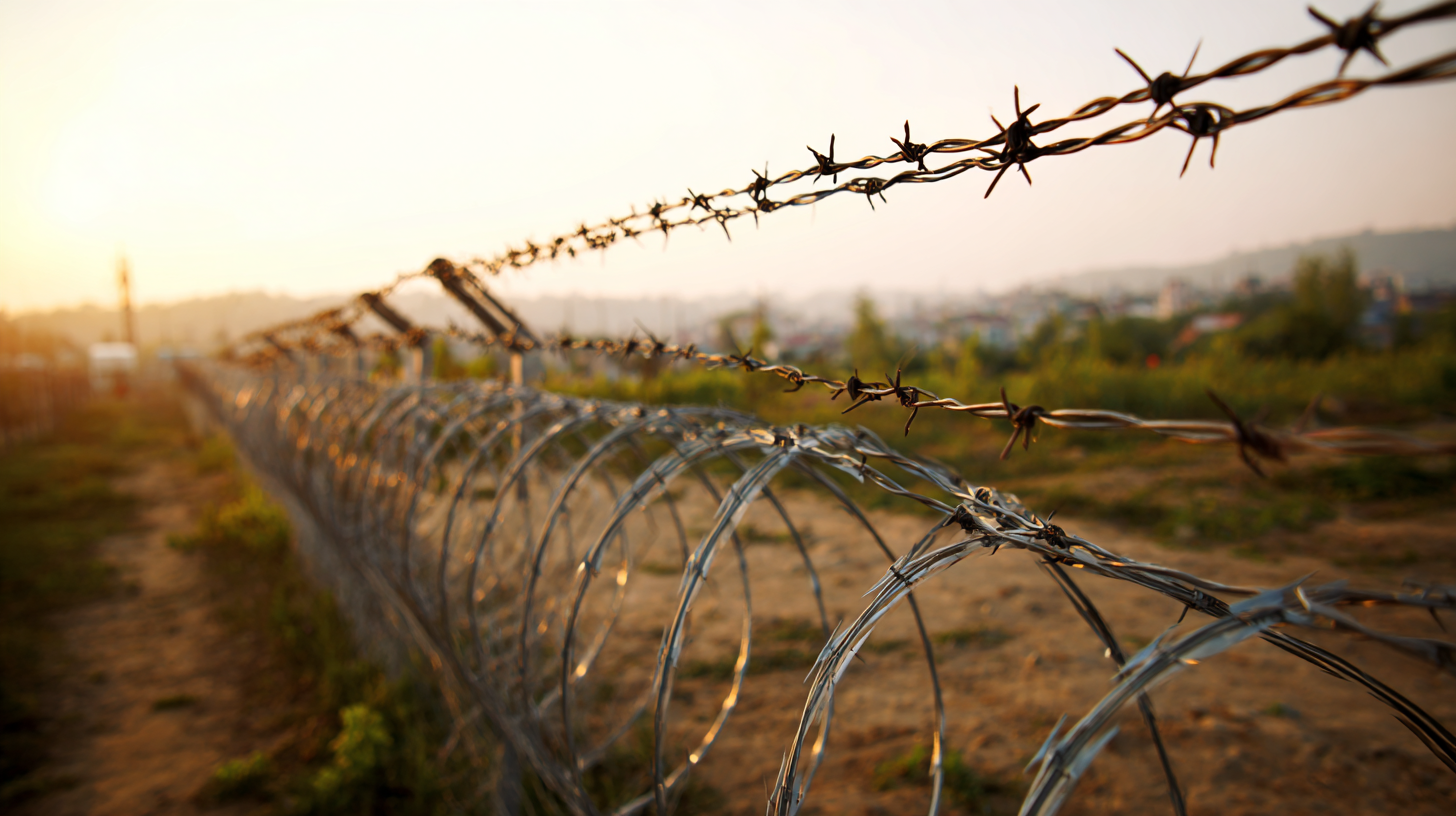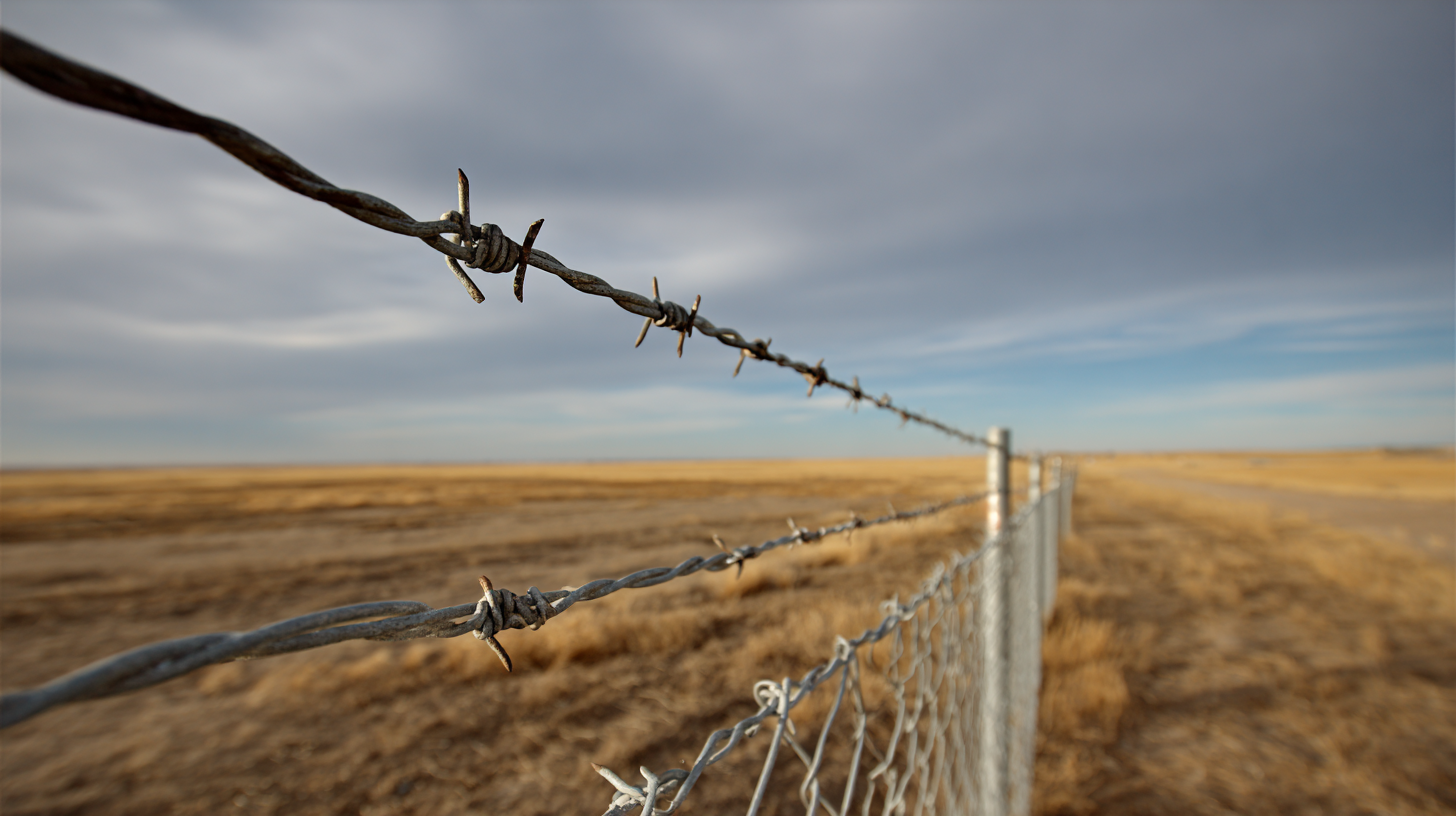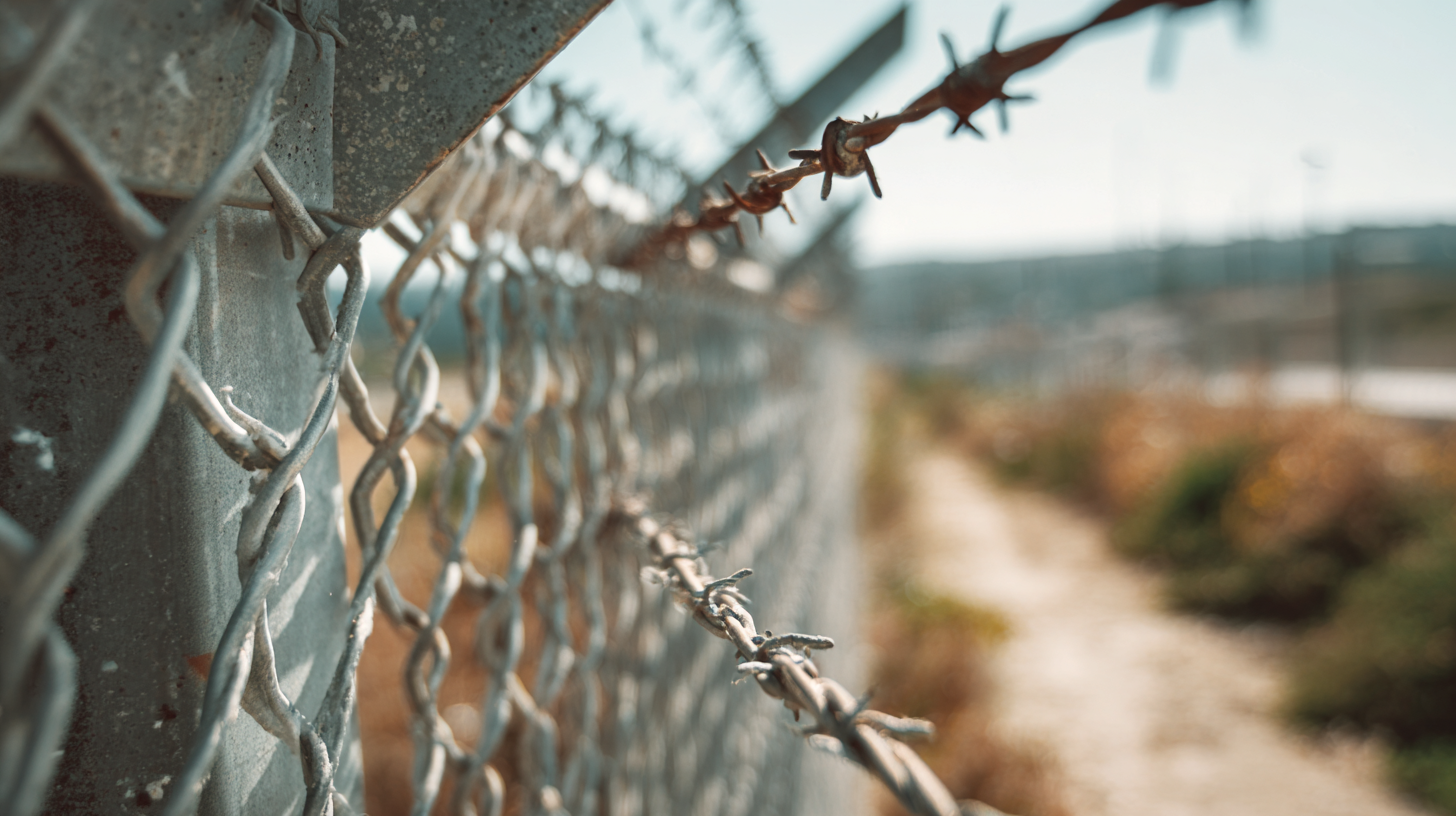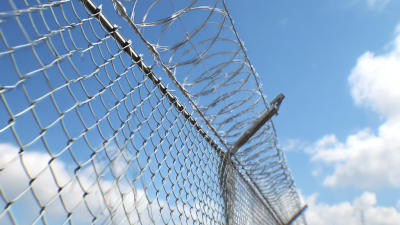7 Essential Tips for Choosing the Right Concertina Border Fence
When it comes to enhancing security and delineating boundaries, the Concertina Border Fence has emerged as a favored choice among numerous industries. According to recent data from the Global Security Fencing Market report, the demand for advanced fencing solutions, including concertina fences, has surged by over 15% annually, driven by increasing concerns over safety and intrusions. These unique fences, characterized by coiled steel and razor-sharp edges, provide an effective deterrent against unauthorized access while maintaining visibility.
However, selecting the right concertina border fence requires careful consideration of various factors such as material quality, installation ease, and specific security needs. By following essential tips to navigate these choices, property owners can ensure they are making an informed decision that best suits their requirements, ultimately leading to enhanced protection and peace of mind.
Understanding Different Types of Concertina Border Fences for Your Needs
When choosing the right concertina border fence, it is crucial to understand the various types available and their specific applications. Concertina borders can vary significantly in terms of design, materials, and purpose. For instance, some are designed primarily for security, while others might focus on deterring trespassing in less crowded areas. The latest developments along the U.S.-Mexico border illustrate the importance of selecting a type that meets your unique needs, particularly in regions with challenging terrains. As seen in recent reports, gaps in the San Diego border fence have raised questions about the necessary infrastructure to protect borders while addressing environmental concerns.
Beyond functionality, community sentiment plays a vital role in the selection of concertina wire solutions. In Nogales, residents have expressed concerns over the hazards posed by concertina wires installed for security. These apprehensions highlight the need for careful consideration of not only how effective the fencing will be but also how it impacts the local environment and people. Evaluating the types of concertina border fences—including their configuration and material—will help in making an informed decision that balances security needs with community safety and environmental impact.
7 Essential Tips for Choosing the Right Concertina Border Fence - Understanding Different Types of Concertina Border Fences for Your Needs
| Fencing Type |
Material |
Security Level |
Installation Ease |
Cost |
| Standard Concertina |
Galvanized Steel |
Moderate |
Easy |
$1.50 per foot |
| Heavy-Duty Concertina |
High-Quality Steel |
High |
Moderate |
$2.50 per foot |
| Electrified Concertina |
Galvanized Steel + Electric System |
Very High |
Difficult |
$5.00 per foot |
| PVC Coated Concertina |
Galvanized Steel + PVC Coating |
Moderate |
Easy |
$2.00 per foot |
| Concertina with Barbed Wire |
Galvanized Steel + Barbed Wire |
High |
Moderate |
$3.00 per foot |
Evaluating Material Quality for Durability in Concertina Fencing Choices
When selecting the right concertina border fence, material quality is paramount to ensure
durability and longevity. Evaluating the materials used in the fencing can greatly influence the overall performance,
especially in diverse weather conditions. For instance, look for high-quality galvanized steel or coated options that resist rust and corrosion.
These features not only enhance the fence’s lifespan but also maintain its appearance over time, making your investment worthwhile.
 Additionally, consider the thickness and gauge of the materials. Thicker and heavier-gauge wires will offer better resistance
against bending or breaking, providing a more secure boundary. Just as we assess outdoor furniture for comfort and sturdiness, the same principles apply to fencing.
Balancing aesthetic appeal with robust construction can lead to a suitable choice that meets both functional and visual needs for your property.
Additionally, consider the thickness and gauge of the materials. Thicker and heavier-gauge wires will offer better resistance
against bending or breaking, providing a more secure boundary. Just as we assess outdoor furniture for comfort and sturdiness, the same principles apply to fencing.
Balancing aesthetic appeal with robust construction can lead to a suitable choice that meets both functional and visual needs for your property.
Assessing Installation Ease and Maintenance Requirements of Concertina Fences
When considering the installation of concertina border fences, assessing the ease of installation is crucial. Look for designs that come with clear instructions and all necessary hardware. Many manufacturers offer fencing kits that simplify the process, allowing homeowners or installers to set up the fence with minimal tools. Furthermore, opting for lightweight materials can also make the installation process more manageable, reducing labor time and effort.
Equally important is understanding the maintenance requirements of concertina fences. While they are generally low-maintenance, factors such as the material used can impact their longevity. Rust-resistant coatings can prolong the life of the fence, making it less prone to wear and tear. Regular inspections are recommended to ensure that no sections are damaged and to maintain the overall integrity of the fence. By weighing both installation ease and maintenance needs, you can select a concertina fence that meets your requirements effectively.
7 Essential Tips for Choosing the Right Concertina Border Fence
Comparing Cost-Effectiveness of Various Concertina Fence Options
When considering concertina border fences, cost-effectiveness is a crucial factor that impacts both the initial investment and long-term maintenance expenses. According to a report by the Security Fence Association of America (SFAA), high-quality concertina wire can provide robust security at a relatively lower cost compared to traditional fencing options. For instance, the average cost of concertina wire ranges from $2 to $5 per linear foot, significantly less than the $10 to $20 per foot for chain-link fences. This makes concertina options a practical choice for facilities looking to maximize security without overextending their budgets.
Additionally, while evaluating the lifetime costs of different fencing options, it's essential to consider both installation and maintenance. A study conducted by the International Fencing Industry reported that concertina fences require significantly less maintenance than wooden or chain-link alternatives, which can rot or require painting. Over a period of ten years, the total cost of ownership for a concertina fence can be approximately 30% less than that of a traditional security fence, highlighting its value not only in upfront costs but also in sustaining long-term financial viability. By incorporating these insights, businesses and property owners can make informed decisions that align with their security needs while being mindful of budget constraints.

Regulatory Compliance and Safety Considerations for Concertina Border Fences
When selecting a concertina border fence, regulatory compliance and safety considerations are paramount. According to the International Federation of Security and Safety Experts (IFSSE), around 30% of incidents involving unauthorized access occur due to non-compliant or poorly designed fencing systems. Ensuring that your concertina fence adheres to local and international regulations not only enhances its effectiveness but also mitigates potential legal liabilities.
In addition to compliance, safety is a critical factor. The World Security Council (WSC) reports that improperly installed concertina fences can pose significant dangers, including accidental injuries to individuals who may inadvertently come into contact with sharp edges. It is recommended that installations abide by recognized safety standards, such as the ASTM F2466 for security fencing systems, which outlines specifications that help prevent injury and ensure optimal security. By focusing on these regulatory and safety considerations, property owners can make informed decisions that protect both their assets and the public.

Home
About Us
Products
Customize
Application
Support
Blog
Contact Us

 Additionally, consider the thickness and gauge of the materials. Thicker and heavier-gauge wires will offer better resistance
against bending or breaking, providing a more secure boundary. Just as we assess outdoor furniture for comfort and sturdiness, the same principles apply to fencing.
Balancing aesthetic appeal with robust construction can lead to a suitable choice that meets both functional and visual needs for your property.
Additionally, consider the thickness and gauge of the materials. Thicker and heavier-gauge wires will offer better resistance
against bending or breaking, providing a more secure boundary. Just as we assess outdoor furniture for comfort and sturdiness, the same principles apply to fencing.
Balancing aesthetic appeal with robust construction can lead to a suitable choice that meets both functional and visual needs for your property.






